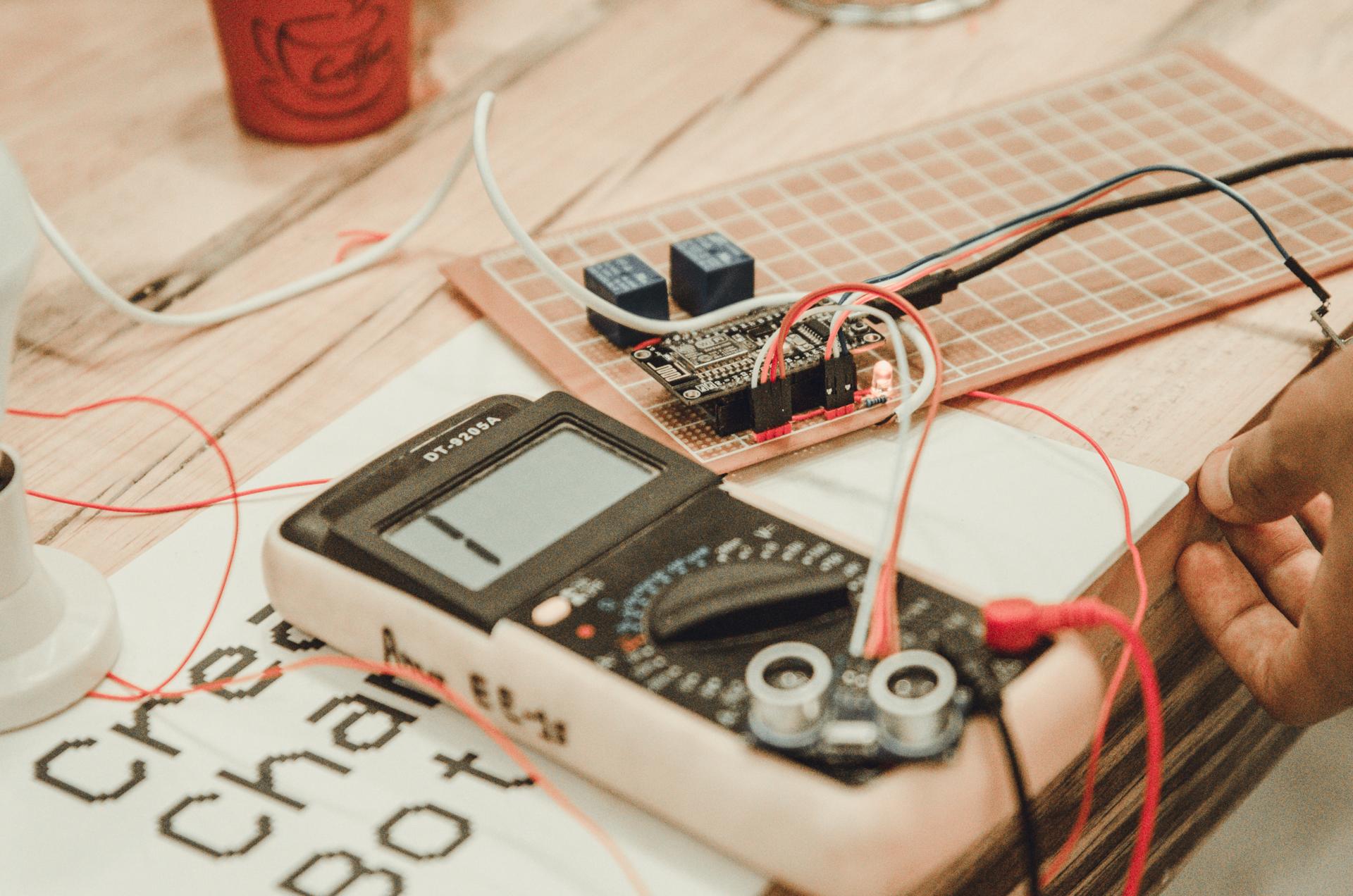Protect Your Loved Ones: Learn How to Conduct an Electrical Security Test at Your Place

When it comes to security in your home, one of the most important areas to think about is electrical safety. Testing for electrical safety is the process of checking the electrical system within your home to be sure that it is safe and in compliance with the latest standards. In this article we’ll provide an overview of what electrical safety testing are, what tools you’ll need for conducting them, the best method to carry out the tests and the warning signs to be on the lookout for.
What exactly is an Electrical Safety Test?
A safety test for electrical appliances is the process of checking the electrical system within your home to verify that it’s functioning safely and in a proper manner. The importance of electrical safety tests is because they can help avoid electrical fires and accidents and also ensure the long-term durability that your electric system has.
Tools Needed for an Electrical Safety Test
For conducting an electrical safety test you’ll require a few basic tools. These include a voltage tester and a continuity tester circuit tester as well as an outlet tester. The voltage tester is used to check for live circuits while the continuity tester is used to check for broken circuits. The circuit tester is used to detect wiring problems as well as outlets testers are used to check for wiring problems in the outlets. It’s important to use the tools correctly in order to obtain exact results.
How do I Conduct an Electrical Safety Test
To conduct an electrical safety test at your home, follow these steps:
Turn off the power on the circuit or circuits you’re testing.
Make use of the voltage tester to check for live circuits.
Make use of this continuity tester to check the integrity of your circuit.
Make use of the circuit tester for checking for any wiring issues.
Make use of the outlet tester to check for wiring problems in the outlets.
When testing Be sure to check for evidence of wear or damage on the wiring for example, damaged or frayed wires, burn marks and loose wires. If you find any issues that need attention, you must address the issues as soon as you can to prevent potential hazards.
The Signs of Electrical Issues to be Watchful for
There are many warning signs that could signal electrical issues in your home. These include flickering lights and frequent circuit breaker trips and crackling or buzzing sounds emanating from outlets, hot or discolored outlets as well as a burning smell. If you observe any warning signs, it’s important to act immediately to prevent potential electrical hazards.
Conclusion
Tests for electrical safety are vital to ensure the safety of your home and your family. By performing regular tests and fixing any issues quickly, you can avoid potential hazards to electrical equipment and extend the life of your electrical system. If you need help with electrical testing and repairs do not hesitate to call Local Electrician Richmond. Our knowledgeable team will give you professional guidance and assistance. Contact us at 1300 941 878 to schedule an appointment or request a quotation.
FAQ Section
What is the recommended frequency to do an electrical safety test at my home?
We suggest conducting tests of electrical safety at least every year.
Do I have the ability to conduct an electric safety check on my own or do I need the help of a specialist?
Although it’s possible to conduct the electrical test on your own however, it’s advised to employ an expert to ensure the accuracy of results and to avoid any potential dangers.
Are there any frequent electrical issues that are discovered in an electrical safety check?
The most frequently-repeated electrical issues that are discovered during a safety test comprise faulty wiring, overloaded circuits, and outdated electrical systems.
What should I do if I discover a problem during the electrical safety test?
If you find an issue during the electrical safety test, it’s important to act immediately. This could include getting an expert electrician to resolve the issue or replacing the equipment that is malfunctioning.
